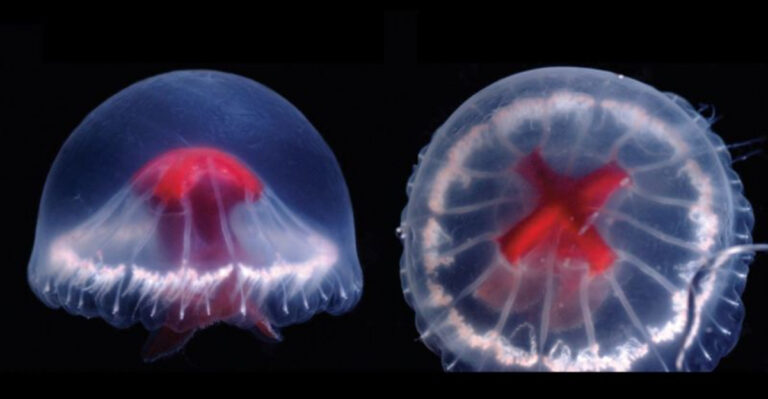Largemouth Bass Fishing Strategies That Beat Traditional Techniques
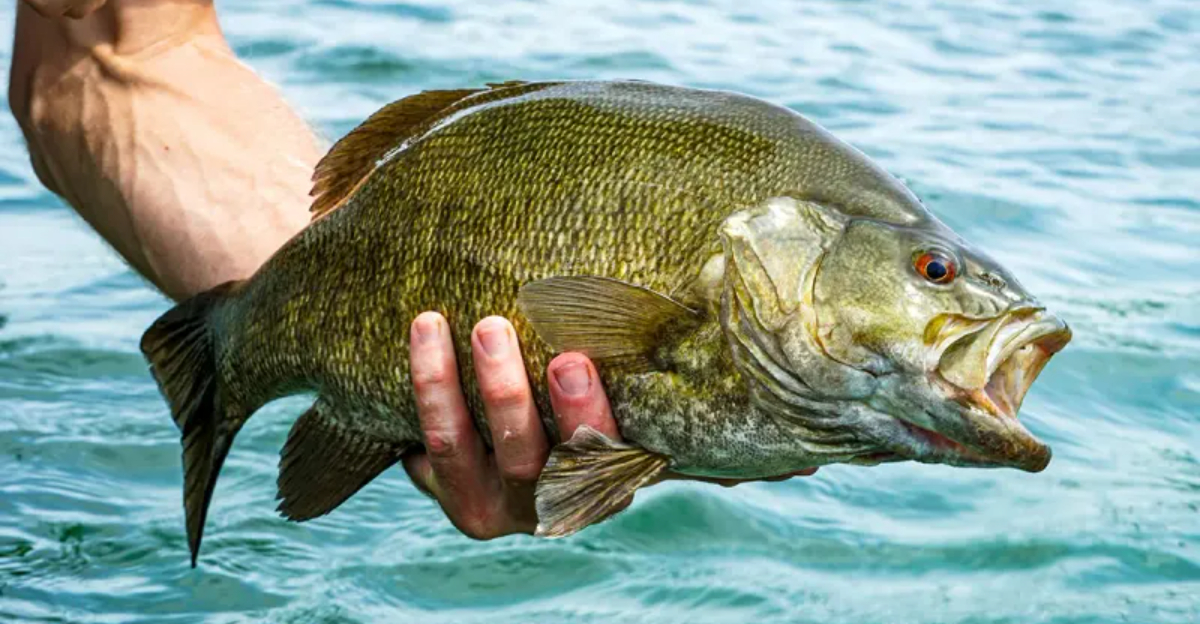
Catching largemouth bass consistently requires more than just luck and basic knowledge. The best anglers know when to ditch conventional wisdom and try something different.
I’ve spent years testing unusual approaches that outperform classic techniques when the fish aren’t cooperating. These 11 game-changing strategies will help you land more bass when traditional methods fail.
1. Reverse Retrieval Method
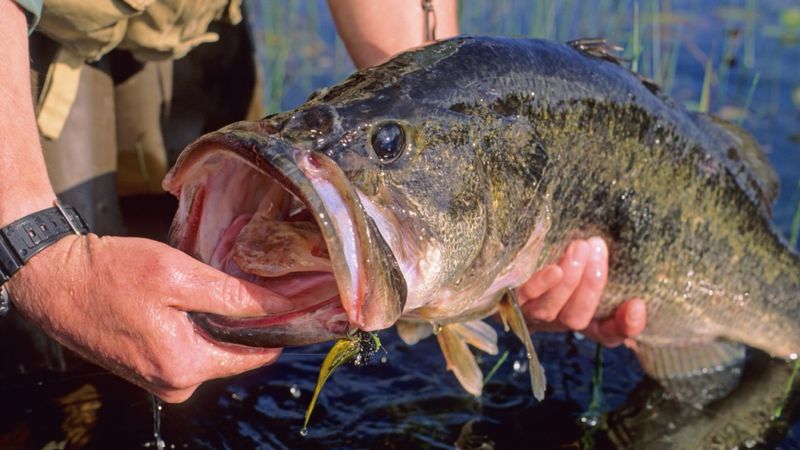
Pulling your lure toward structure instead of away from it creates a completely different presentation that triggers strikes when bass ignore standard retrieves. Most anglers cast beyond structure and reel toward it, but this predictable approach can spook pressured fish.
Position your boat near the cover instead, then cast away and work your lure back toward the structure. Bass will often strike from behind, thinking prey is escaping toward their sanctuary. This works especially well with jigs and soft plastics around docks, fallen trees, and weed edges.
2. Dawn Topwater Walking
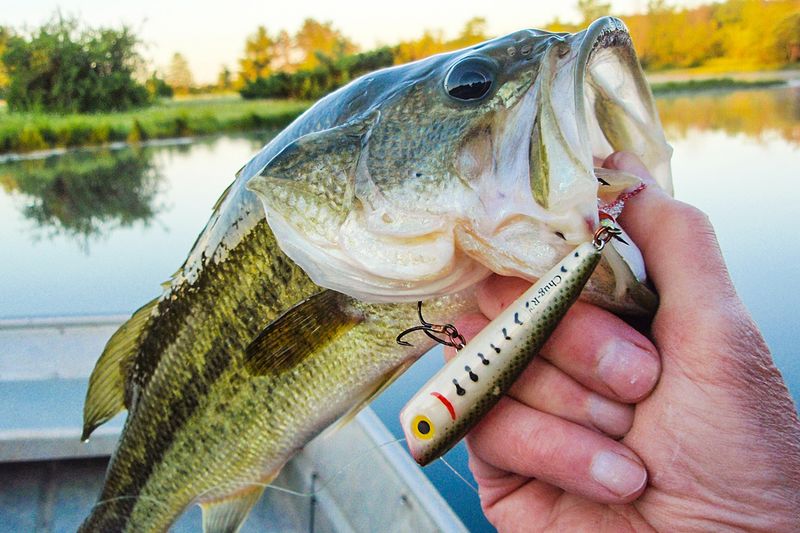
Morning fog creates the perfect opportunity for a deadly topwater technique most anglers overlook. While traditional wisdom says to use buzzbaits at dawn, a walking bait worked slowly through the mist produces monster strikes.
The key difference is pace – slow it way down. Let each twitch create subtle ripples rather than splashy commotion. The reduced visibility in fog makes bass rely more on vibration sensing, and they’ll track these gentle movements from surprising distances.
Use larger walking baits in darker colors that create strong silhouettes against the brightening sky.
3. Upsized Finesse Approach
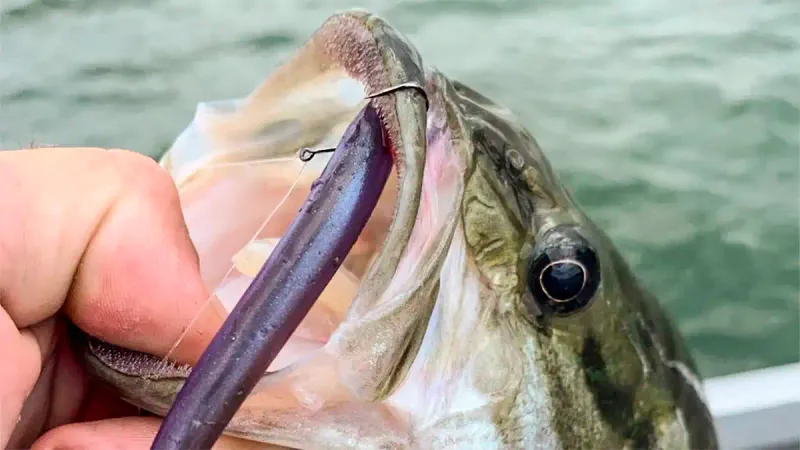
Conventional wisdom suggests downsizing during tough conditions, but going dramatically larger with finesse presentations often triggers reaction strikes from pressured bass. Try threading a 7-inch finesse worm onto a drop shot rig or using a 6-inch Senko on a shaky head when everyone else is using tiny baits.
The unusual profile presents something bass haven’t seen repeatedly. Fish become conditioned to standard-sized offerings but rarely encounter oversized finesse presentations.
Work these combinations with the same subtle movements you’d use with smaller baits – the contrast between large profile and delicate action is irresistible.
4. Suspended Stick Bait Trick
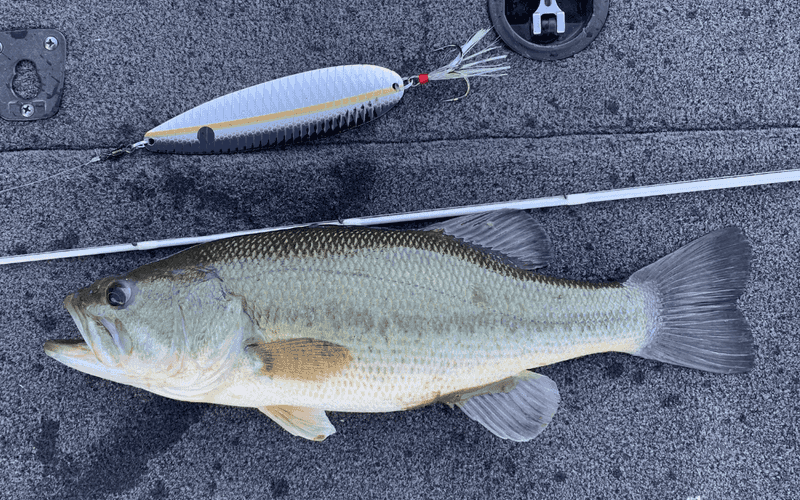
Floating stick baits aren’t just for shallow water. Suspending them beneath bobbers at precise depths around deep structure creates a deadly presentation for inactive bass. Rig a weightless Senko or Fluke 3-5 feet below an adjustable bobber, then position it over brush piles, ledges, or deep weed edges.
The subtle undulations as the bait sways with water movement trigger strikes when nothing else works. Bass holding deep rarely see this presentation, making it especially effective on pressured waters.
Experiment with letting the bait sit motionless for extended periods – sometimes the lack of movement is what seals the deal.
5. Mud Line Targeting
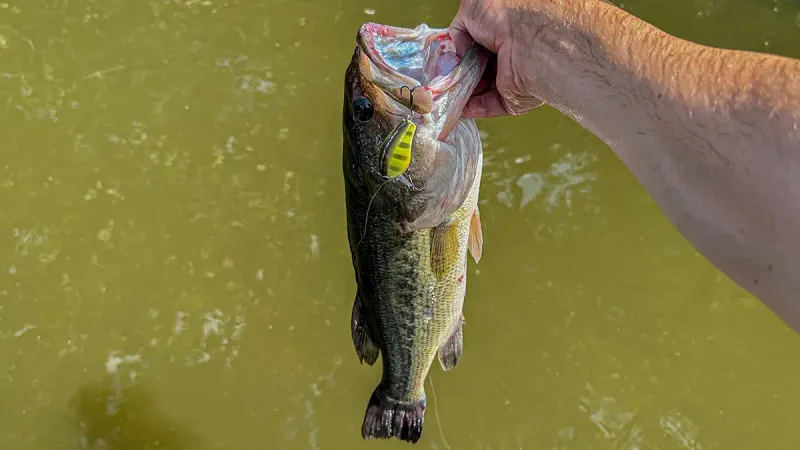
While clear water gets all the attention, the boundary where muddy water meets clearer water creates a perfect ambush zone most anglers completely miss. Bass use these transitions as feeding stations, hiding in the stained water while watching for prey in the clearer zone.
Position your boat in the clearer water and cast parallel to the mud line with bright-colored crankbaits or spinnerbaits. The contrast makes your lure highly visible against the muddy backdrop.
Focus on wind-blown points and creek mouths where these transitions form naturally after rain or during windy conditions.
6. Night Drop-Shotting

Drop-shotting is traditionally a daytime finesse technique, but using it after dark with subtle modifications yields exceptional results. Replace standard translucent worms with black/blue or dark purple models infused with glow flakes for visibility in low light.
Bass feed primarily by sensing vibration at night, so impart more action than you would during daylight hours. Quick rod twitches followed by long pauses allow fish to locate your bait through their lateral lines.
Focus on main lake points and channel swings where bass move shallow to hunt after sunset, areas typically overlooked by night anglers throwing noisy lures.
7. Vertical Bulrush Punching
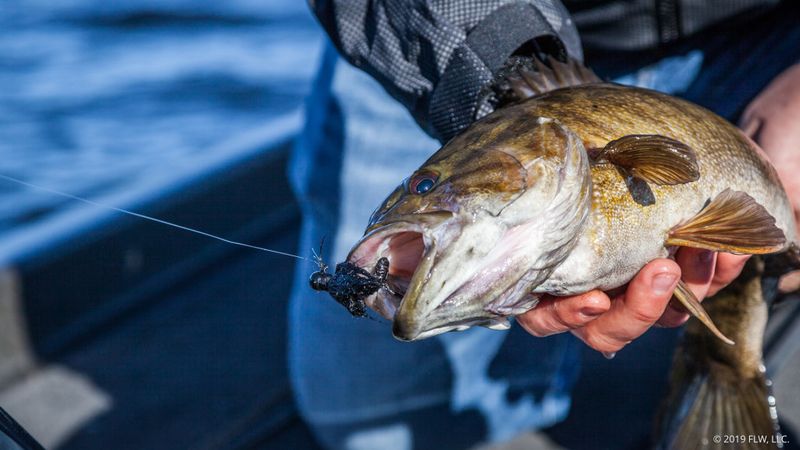
Most anglers fish horizontally through bulrushes, but vertically punching through the densest sections with compact jigs uncovers untouched bass. The technique requires specialized equipment – a 1-2 ounce tungsten weight paired with a compact craw trailer on a heavy-duty hook.
Rather than casting across the vegetation, position directly above thick rush clusters and drop your rig straight down through small openings. The heavy weight creates a sudden intrusion that triggers reaction strikes from bass hiding in these oxygen-rich environments.
Use braided line of at least 65 pounds to extract hooked fish through the tough vegetation.
8. Dead Bait Deadsticking

Fresh dead baitfish present an overlooked opportunity for trophy bass when artificial lures fail. Thread a freshly dead 4-6 inch shad or bluegill onto a wide-gap hook with a small bullet weight, then cast to likely holding areas and do absolutely nothing.
The natural scent disperses in the water while subtle currents create lifelike movements. Bass often inspect and then inhale these offerings after refusing artificial presentations.
This approach shines during cold fronts and in ultra-clear water when bass become extremely finicky. Position your bait near deep structure and prepare for sudden, aggressive takes after long periods of inactivity.
9. Countdown Crankbait Method
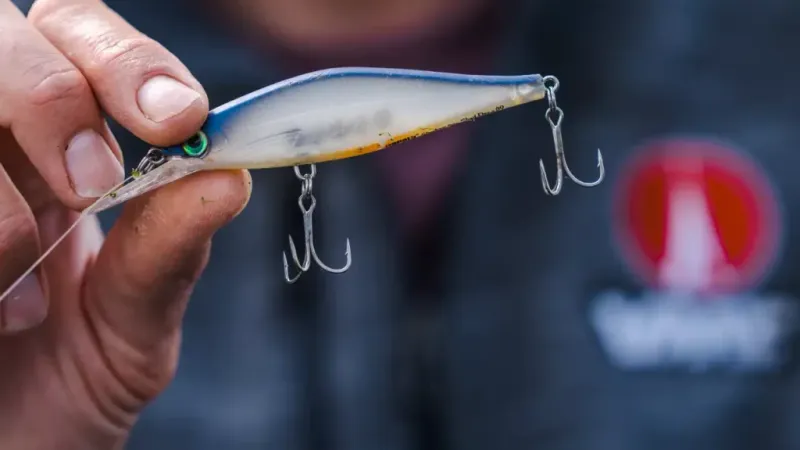
Crankbaits aren’t just for steady retrieves – the countdown method turns them into precision depth-targeting tools that trigger strikes from suspended bass. Cast beyond your target area, then count down as the lure sinks to the exact level where fish are holding.
Use your electronics to identify the depth of suspended fish or baitfish schools. Each crankbait model has a specific sink rate you’ll learn through practice.
Once you reach the target depth, begin a slow, steady retrieve with occasional pauses. This technique excels when bass are suspended over points, humps, or along thermoclines – situations where traditional presentations often fail.
10. Bubble Trail Technique
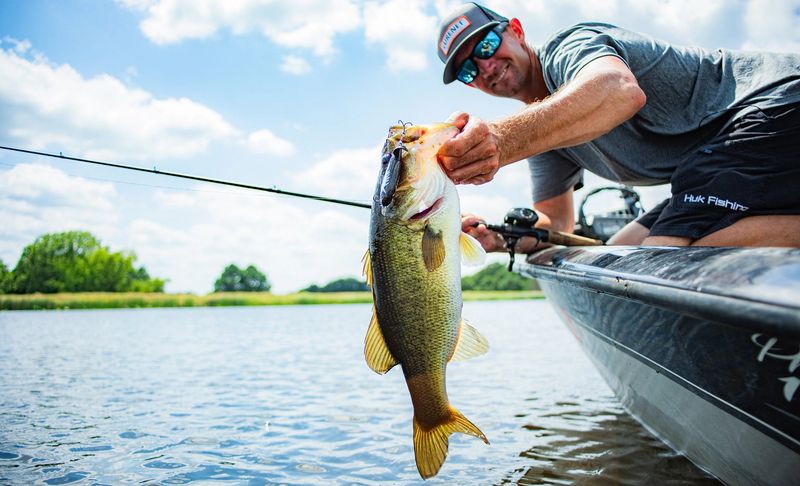
Creating a bubble trail ahead of your lure triggers bass curiosity and competitive feeding instincts unlike any other approach. Attach a small bubble float 18-24 inches above your favorite soft plastic, then retrieve at moderate speed just fast enough to create a distinct trail of bubbles on the surface.
The bubbles mimic feeding activity and draw attention to your lure. Bass often follow the bubble trail and strike the trailing bait aggressively.
This strategy proves especially effective in calm, clear water conditions when bass are reluctant to commit to standard presentations. The visual stimulus overrides their caution.
11. Swimbait Dragging
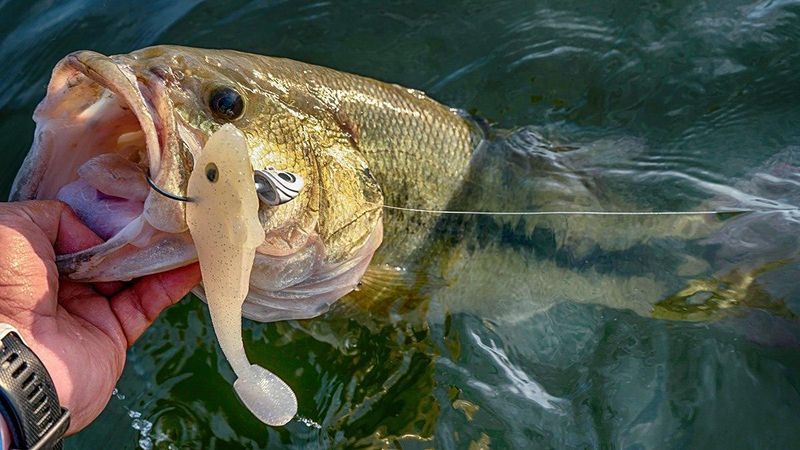
Swimbaits aren’t just for swimming – dragging them slowly along the bottom like a jig creates a presentation that big bass rarely encounter. Rig a 5-7 inch paddletail swimbait on a heavyweight jighead (¾-1 ounce) and literally drag it across the bottom with your rod tip low.
The heavy head kicks up silt while the tail portion rises and gently undulates above the cloud. This mimics a feeding baitfish rooting along the bottom.
Focus on hard-bottom areas like points, roadbeds, and shell beds where the contrast between the cloud and the tail’s movement is most visible to lurking predators.




